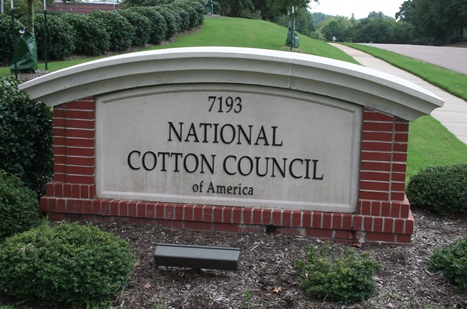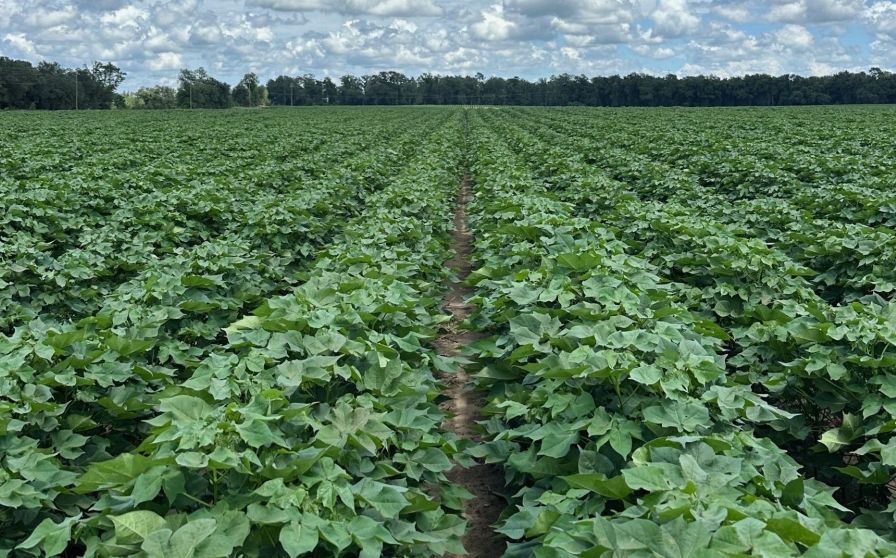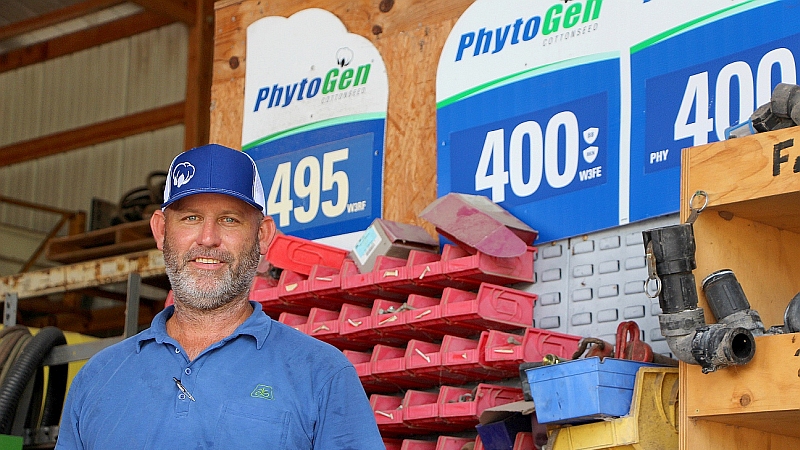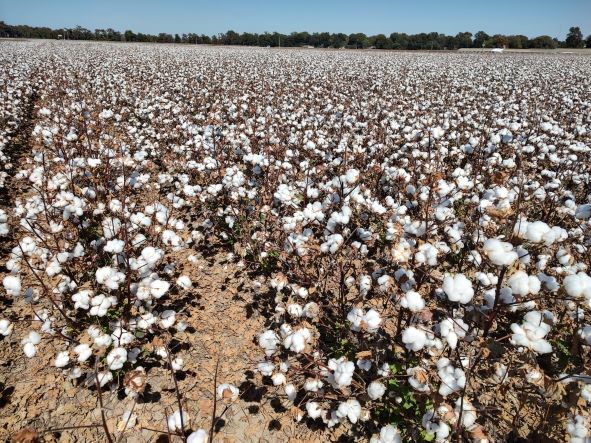Protect Your Cotton Seed Investment Now for the Best Yields
Every cotton farmer is influenced by today’s highly volatile input costs and cotton prices. Even as the International Cotton Advisory Committee projects an increase in U.S. planted area for this season and marginally higher prices, producers remain conservative. But in today’s tough economic climate, growers should think twice before they cut early season cotton inputs because what is cut early will have a direct effect on quality and yield at harvest.
One way producers can protect their seed investment is with technology that allows them to defend their profits from early season insects and nematodes. Bayer CropScience says that products such as Temik insecticide/nematicide, Aeris Seed-Applied Insecticide/Nematicide and Trilex Advanced seed-applied fungicide are all good options for growers to consider.
“In numerous trials across the Mid-South, Aeris has shown a strong trend to reduce thrips damage,” said Paul Hewitt, product manager, Bayer CropScience. “Aeris also has a nice fit for growers who have low to moderate populations of root knot or reniform nematodes.”
Aeris offers broad-spectrum protection with an insecticide and a nematicide, as well as the freedom to choose a premium fungicide. It also provides improved control of Western flower thrips, a major thrips species in the Texas High Plains. Thrips pressure has been growing steadily, and the pest was the number two most prevalent pest in the 2009 season.
Depending on local conditions, Aeris provides up to 28 days of thrips protection; up to 42 days of aphid protection; suppression of early season fleahoppers and plant bugs, and up to 28 days of protection against low-to-moderate nematode populations.
One way growers can maximize their stands is by planting in optimal soil temperatures and protecting their cottonseed investment with a premium fungicide seed treatment. According to Best Management Practices, soil temperatures should be in the mid-60s for several days prior to planting. Regardless of weather but especially during an unanticipated cold snap, Trilex Advanced can keep disease pressure at bay until a cotton seedling can outgrow the early stages where it is most vulnerable to damage.
“Trilex Advanced has three fungicides that work together to protect cotton against the most damaging seedborne and soilborne diseases,” Hewitt said. “Though the most damaging seedling pathogens, Rhizoctonia and Pythium spp., do not thrive in cool soils, they survive well enough to infect plants.”
Left unprotected, a grower’s seed investment can develop slowly or not at all. Stand skips do more than just lower yield potential. They provide an open invitation for weeds to fill in the gaps. Severe stand skips can even cause difficulties during defoliation.
“When the seed hits the soil, it hits a hostile environment immediately,” Hewitt said. “When the farmer has invested in fertilizer, seed and trait technologies, he wants to do everything he can to protect the seed. One of the key features of a seed treatment is that it helps that seed to reach its maximum genetic potential.”
Cotton growers with a history of consistent early season insect, mite and nematode pressure have relied on Temik for 40 years. Its spectrum and performance are unmatched by any other single product. It protects young plants at the critical early stages of root and plant development and produces stronger, healthier plants, which can lead to a higher quality cotton crop.
“Temik goes to work in the root zone to protect cotton plants against a host of damaging species,” said Lee Hall, product manager, Bayer CropScience. “Depending on the use rate, Temik works for up to six weeks against a broad spectrum of foliar pests, including aphids, thrips, mites, aphids and all major cotton nematode species.”
Insect control requires a season-long effort. While seed-applied and at-plant insecticides offer a good foundation of protection, that defense may require a boost by the time cotton starts squaring.
“Temik not only provides a grower the flexibility of a wide use rate at plant, it also offers the option of a sidedress application. A sidedress application of Temik can boost and extend nematode protection as well as extend mite and plant bug control,” Hall said.
For more information, click here.









